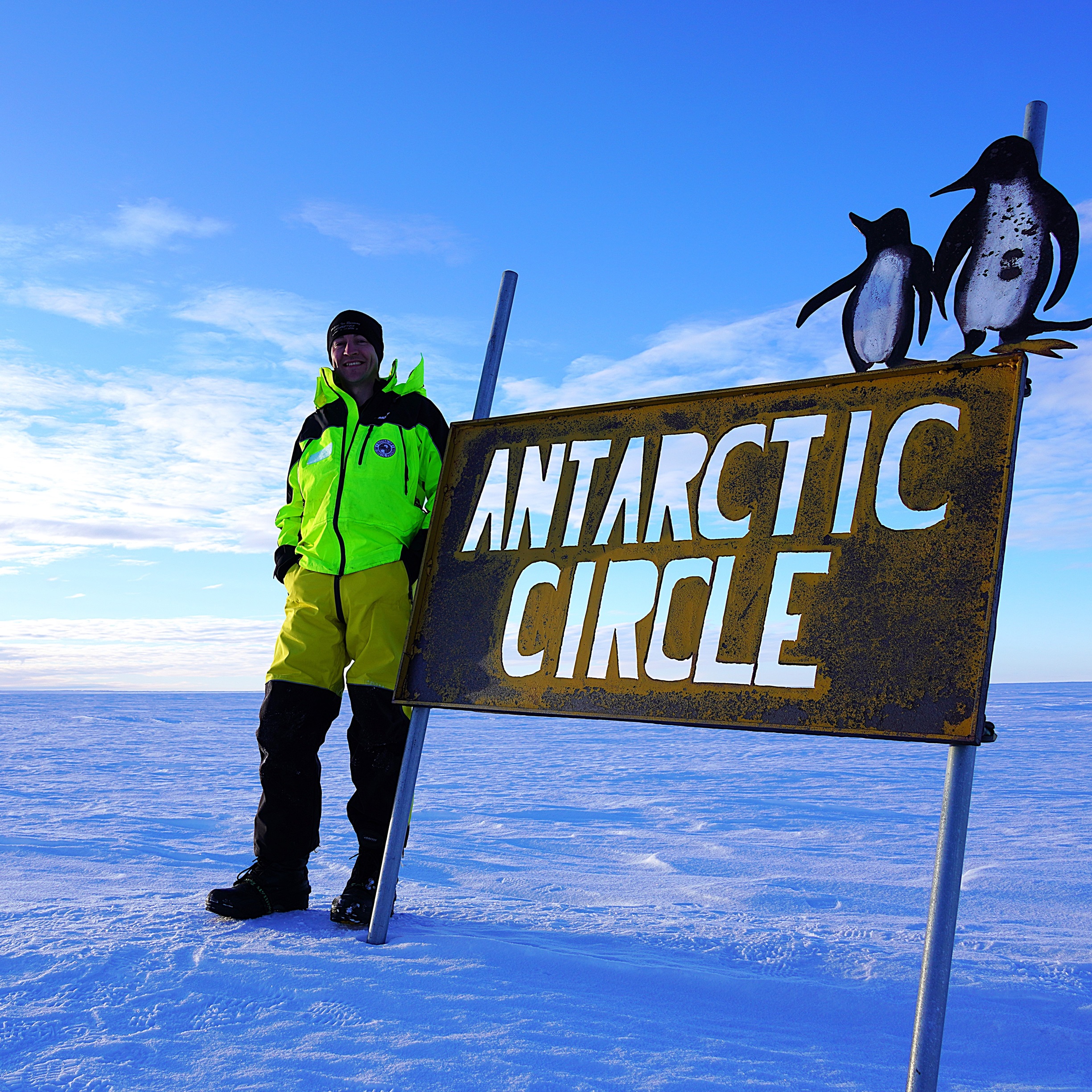The College recently reconnected with Old Collegian Gordon Hutcheon (SPC 2005-10) who has enjoyed many highlights in his role with the Royal Australian Navy, with the latest a never-to-be-forgotten trip to Earth’s southernmost, coldest and windiest continent.
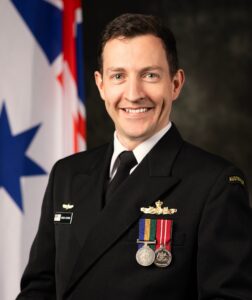
I understand you have recently returned from Antarctica with the Royal Australian Navy, please tell us more.
I was fortunate enough to be deployed to Casey Station as an Aviation Weather Forecaster working on the ice for four months during summer. This deployment was part of Operation SOUTHERN DISCOVERY, the Defence Force contribution supporting the Australian Antarctic Division’s scientific endeavour in Antarctica. Each year, Navy deploys one Meteorology and Oceanography Officer for the summer season. This provides us an opportunity to develop our aviation support skills in a challenging, data-restricted environment.
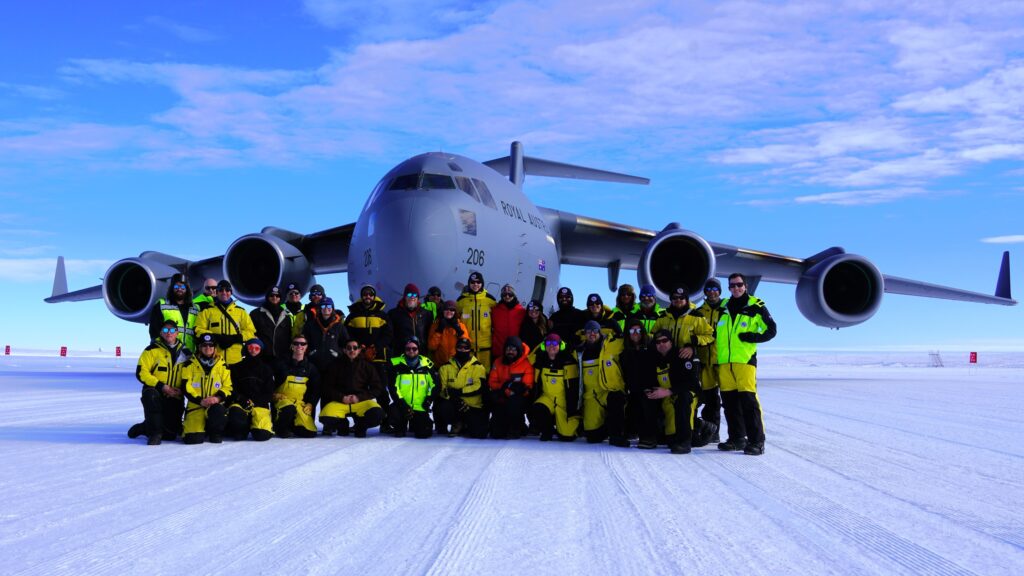
What was your role during this trip and some of the highlights?
I was down south primarily to support inter-continental aviation movements by the Royal Australian Air Force C17 Globemaster and the Antarctic Division’s contracted Airbus A319, and intra-continental air movements of DC-3 and Twin Otter aircraft provided by Kenn Borek Air and BK-117 helicopters provided by HeliRes. The inter-continental flights covered the movement of personnel and stores in and out of Antarctica, while the intra-continental flights were more directly in support of scientific missions around the continent.
While in Antarctica, I had the chance to stay overnight at several field huts, including playing a Dungeons and Dragons session in the historic Wilkes Hut, a former communications station near Casey. Plus, seeing an Emperor Penguin visit the Station and watching a Leopard Seal hunting were pretty cool too.
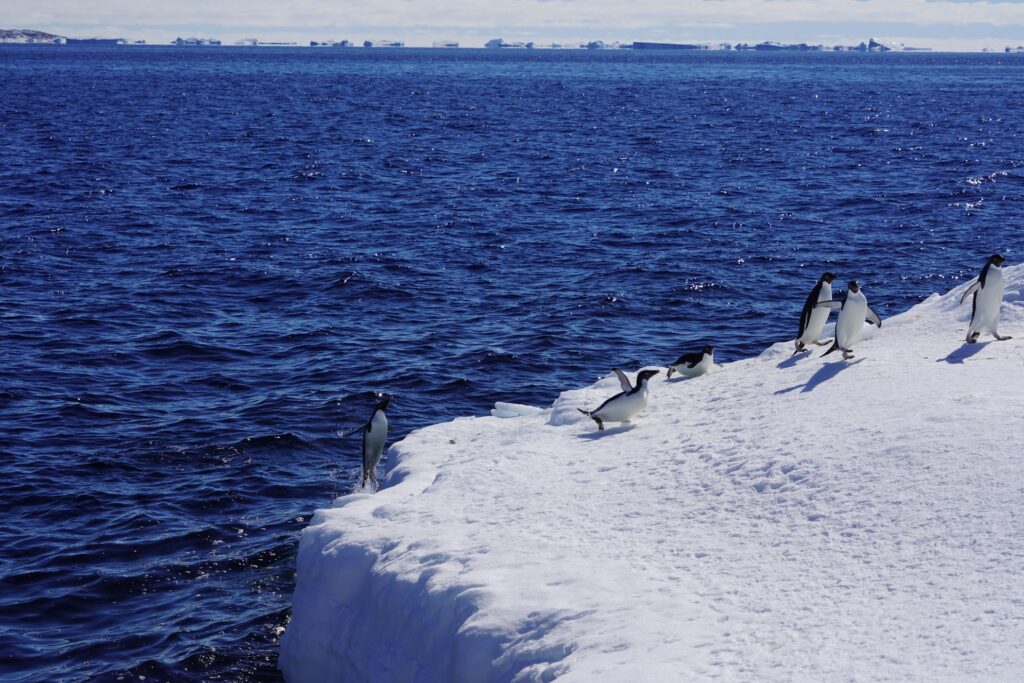
Were there any lowlights or tough moments you would like to share?
Antarctica is quite remote and communication, while much better than it used to be with the roll-out of satellite internet, is difficult at times. I missed my first wedding anniversary while down south, so my wife and I both found that to be a lowlight. Thankfully, the ADF has support programs available for the families of deployed personnel, we were able to talk over the internet, and it was only four months.
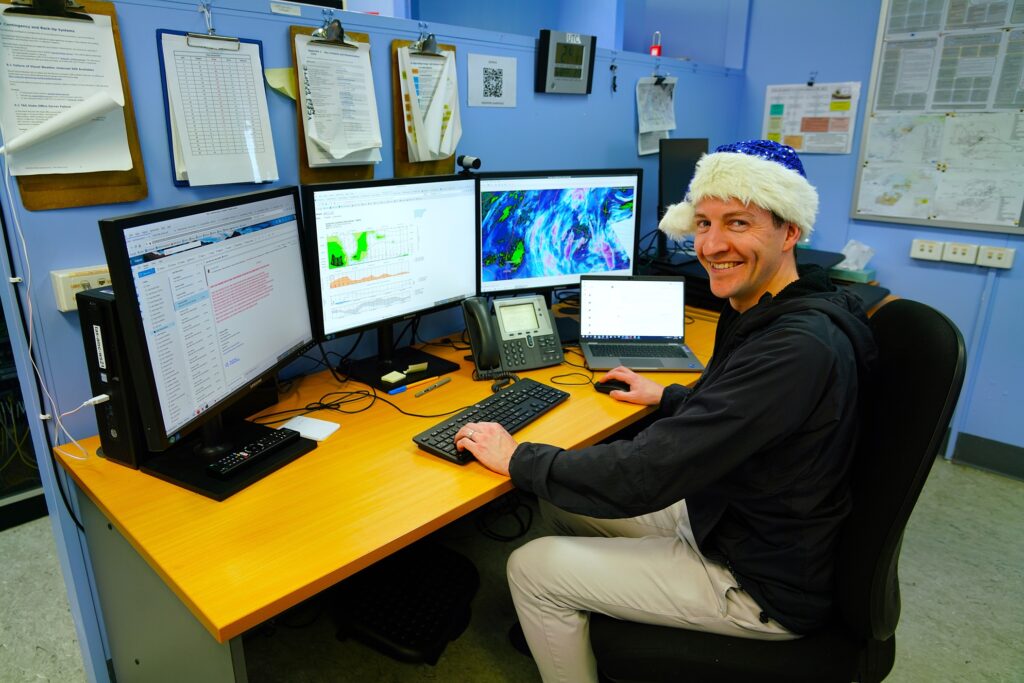
Did you have to prepare in any special way for this trip due to the terrain and environment?
The Australian Antarctic Division and the Bureau of Meteorology both run preparation programs. The AAD covers the safety equipment and procedures to work in Antarctica. The gear they issue is very good and kept me warm the entire time I was down there, even in a blizzard. The Bureau focusses on how to apply our forecasting training and experience to this radically different environment. Antarctica lacks the network of weather observation stations that feed into the computer models which assist forecasters, so often it is quite difficult to forecast anything greater than two or three days out. Having weather observers at Casey, Davis, and Mawson station provides an outsized impact on those global weather models given the sparseness of data from Antarctica.
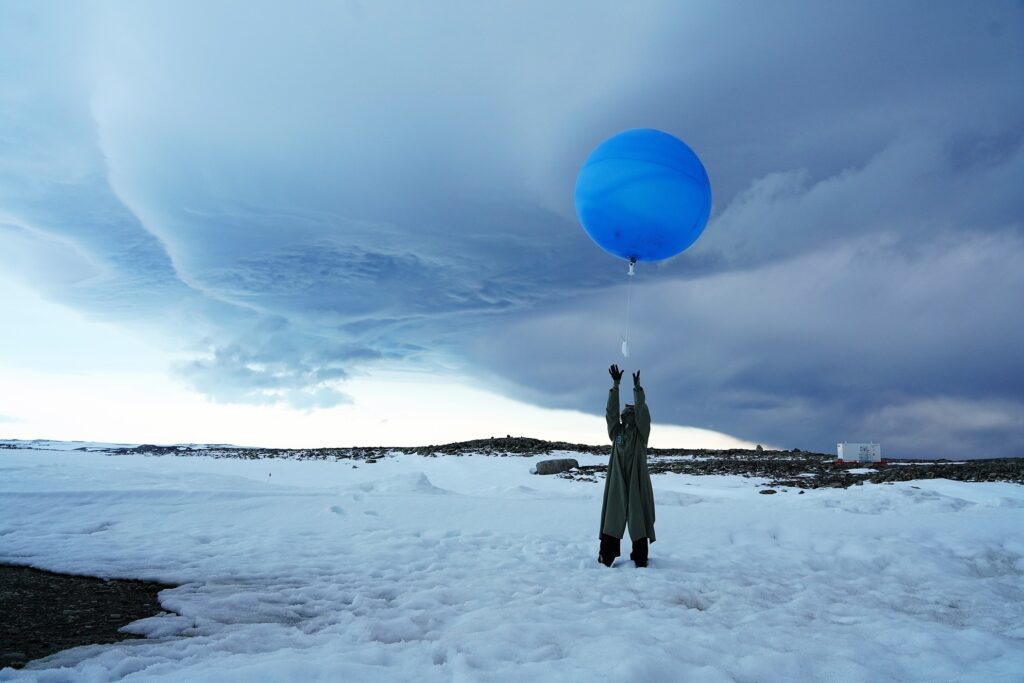
Has this trip ticked off a bucket list experience?
It definitely has. During the final weeks, the annual Kenn Borek Challenge was held to commemorate three aviators who lost their lives in a crash in 2008. During a favourable weather window, participating stations walk, run, ski, or row 10km competing for a perpetual trophy. As part of this, myself and seven others decided to run a marathon around the Casey Ski Landing Area. I finished in 4h 29m and found the hard ice surface and cold, clear conditions to be very good for distance running. Ticking off an Antarctic marathon leaves me with only five very achievable continents to run one on. Antarctica is by far the hardest to get to.
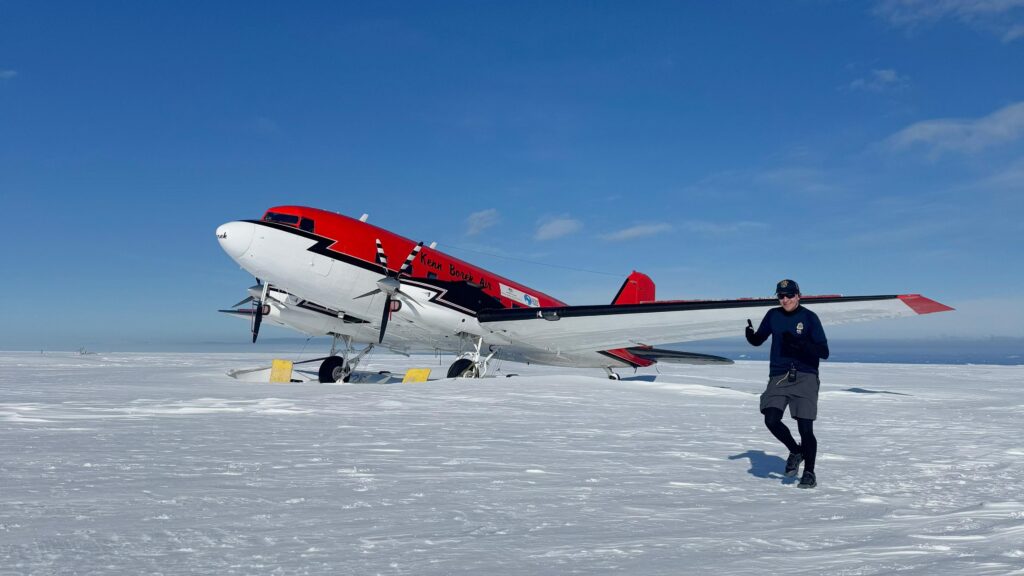
Where else have you travelled with the Royal Australian Navy so far?
I’ve served at sea on four ships, HMAS Ships Warramunga, Launceston, Adelaide, and Benalla, and on each I have left Australian waters. I’ve been privileged to visit Cambodia, Indonesia, Malaysia, Papua New Guinea, and the Philippines, and Singapore, in particular, many times. In addition, I’ve visited many major Australian cities including Adelaide, Cairns, Darwin, Hobart, Perth, and Townsville. Each time, there was the opportunity for shore leave to explore the local area. As an Officer of the Watch, it was my job to safely get the ship from one place to another and to ensure the daily routine occurred as planned. Working on the Bridge meant that my colleagues and I had the best view as we sailed all around the Pacific and South East Asia. Life at sea on our ships is very good, with excellent food and more comfortable accommodation that you’d probably expect.
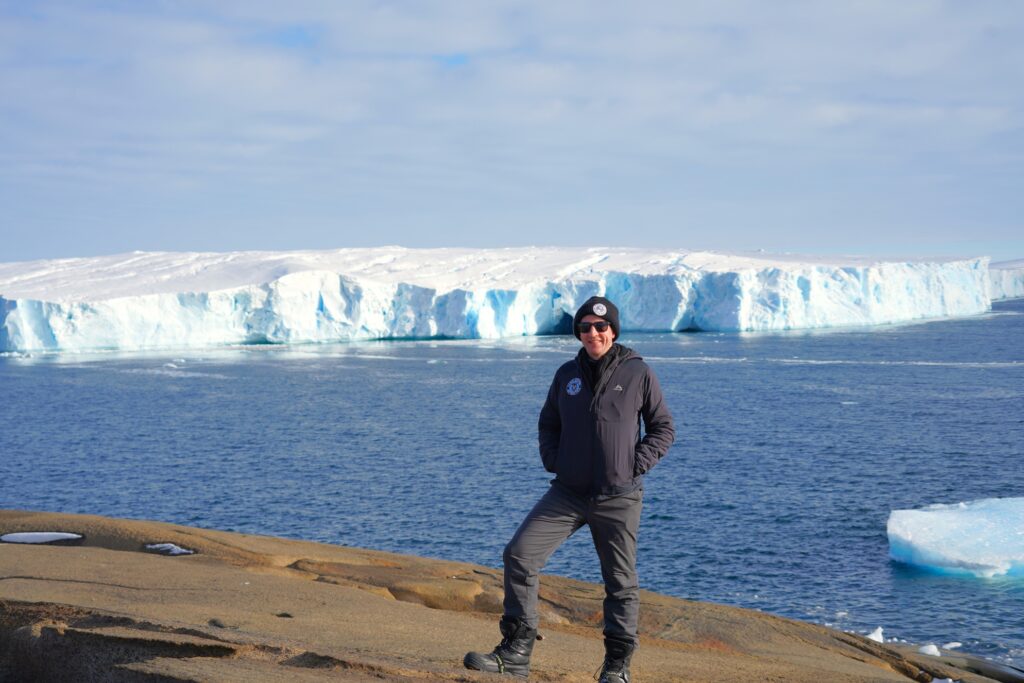
Why did you decide to join the Navy?
My family has a history of service in the Army and Air Force, so the ADF was always looked upon favourably as a career choice. But, I didn’t really have a plan for what to do after school. I recall a visit from the ADF Careers team and thinking that I’d give it a go, but didn’t know much about any of the jobs. After selecting Seaman Officer, later renamed Maritime Warfare Officer and now Surface Warfare Officer, I decided to try it out and see if I liked the lifestyle and the job. Luckily, I did and since then I’ve made the most of my career.
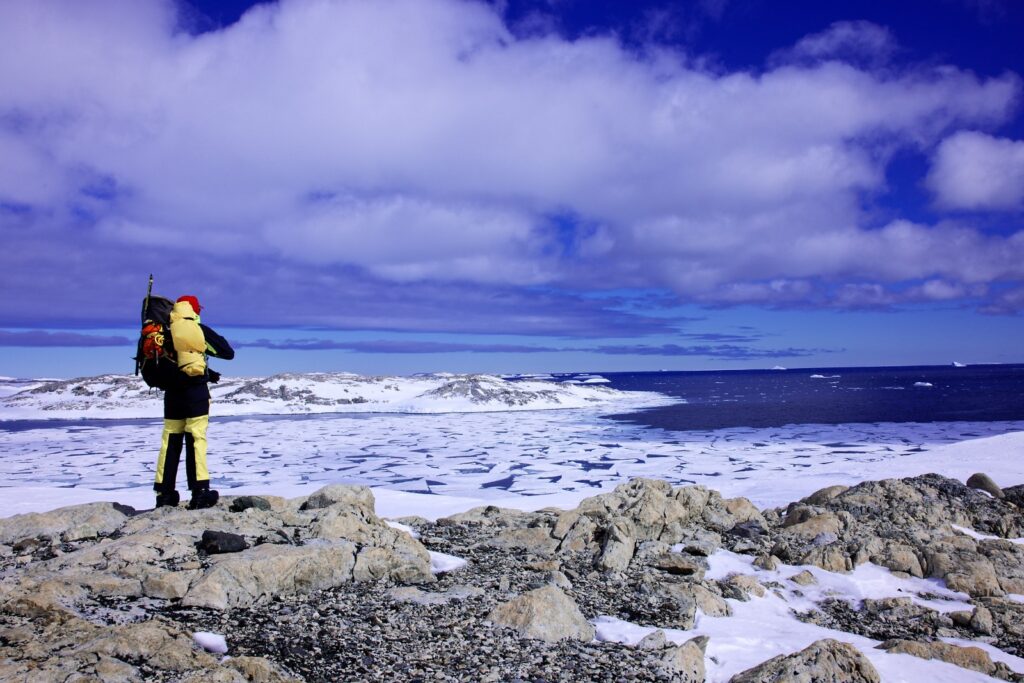
Were there any special moments, teachers or subjects who inspired this career choice?
Throughout, the school’s development program that focused on developing us for our future careers and making us into good young men was fairly influential. Certainly, the support of teachers Sara Taylor, Howard Clark, Geoff Brodie, Hamish McCrum, and many others contributed to my successful graduation from the school with pretty good marks and a grounding in academic study. I’ve definitely returned to some of the lessons they taught me or the examples they set at times through my undergraduate and postgraduate education and more broadly in my career.
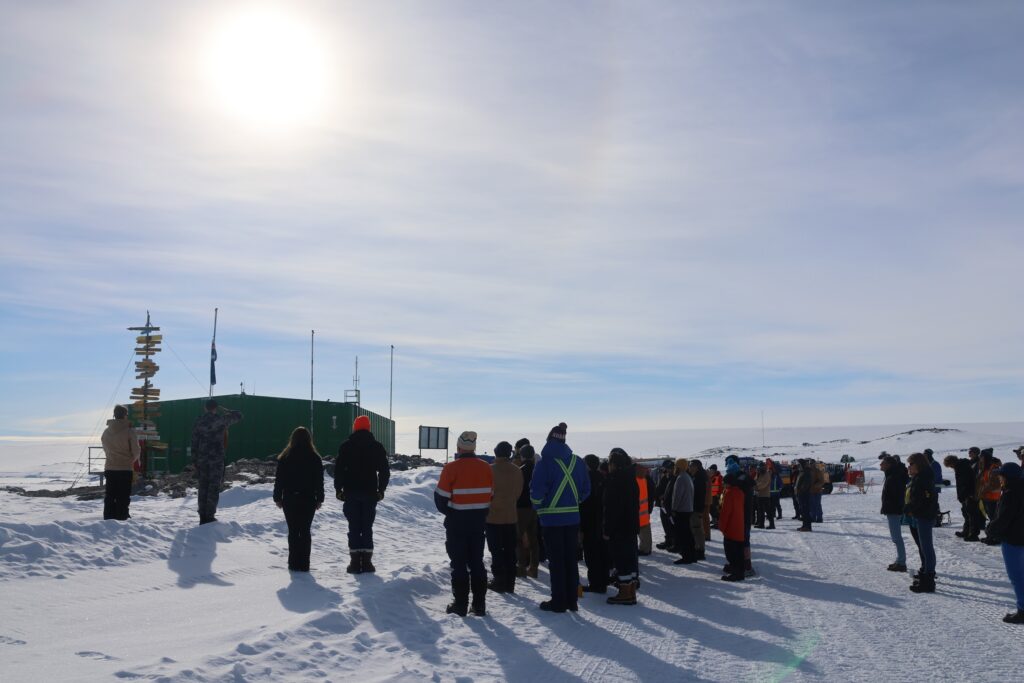
What are some of your fondest memories of your time at SPC?
I enjoyed my time as a boarder during Year 11 and 12. I recall fondly being involved in the football program, as an umpire since my AFL skills were pretty poor, including the Ireland trip in 2010. I also remember the thrill of boat race, as a cox of the Thirds, and the shenanigans on rowing camp.
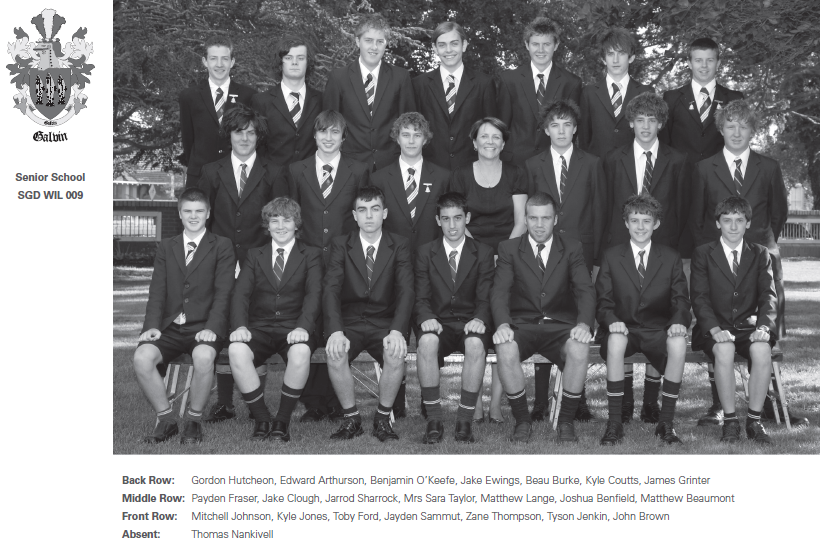
What are some of your favourite memories of your time in the Navy so far?
Aside from the travel opportunities I mentioned earlier, it would have to be the sporting events I’ve got to participate in. This includes playing badminton in Singapore with the Five Powers Defence Agreement countries, umpiring an ANZAC Day pre-match on Adelaide Oval, representing Navy in netball, or just the regular unit and area sporting competitions at numerous bases around the country.
What would the public find surprising about the Navy?
It would probably be the diversity of job roles available. When a ship sails, it needs to take with it the chefs, the medics, the physical training instructor, the logistics and administrative personnel, the mechanics, and the electronics technicians that might be needed to keep everything running and the people fit and well. It’s like a floating city with all of the services needed to keep everything running smoothly. Each of these jobs has their training provided by the Navy, be it a trade, an engineering degree, or the Officer of the Watch training. I’ve been surprised repeatedly throughout my career at the breadth of job roles available across Defence, both domestically and in overseas positions.
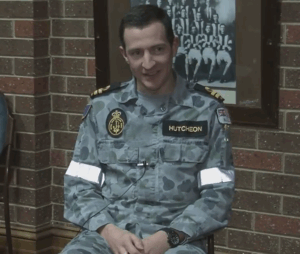
What would you say to our current students considering a career in the Navy?
My advice would be to keep up the study. Many jobs only need Year 10, but passing Year 12 Maths, English, and Science makes you eligible for all 300+ jobs in the ADF. Whether you see yourself working in the Navy as a submarine acoustic warfare operator, in the Army as a recovery mechanic, or in the Air Force as a communications technician, keeping the options open might surprise you with a career you hadn’t expected. I certainly didn’t join with the aim of becoming a meteorologist, it was something that opened up to me along the way and I was fortunately able to make the most of that opportunity given my academic background. There are options available to upskill yourself, and any training you need for your job is provided by Defence.
Through the Navy, I’ve been funded to complete a Bachelor of Science, a Bachelor of Organisational Leadership, a Graduate Diploma in Meteorology, a Graduate Diploma in Physical Oceanography, and am now halfway through a Master of Oceanography. Each of these qualifications has been relevant to my career, helped me advance, and (best of all) left me with no HECS debt.
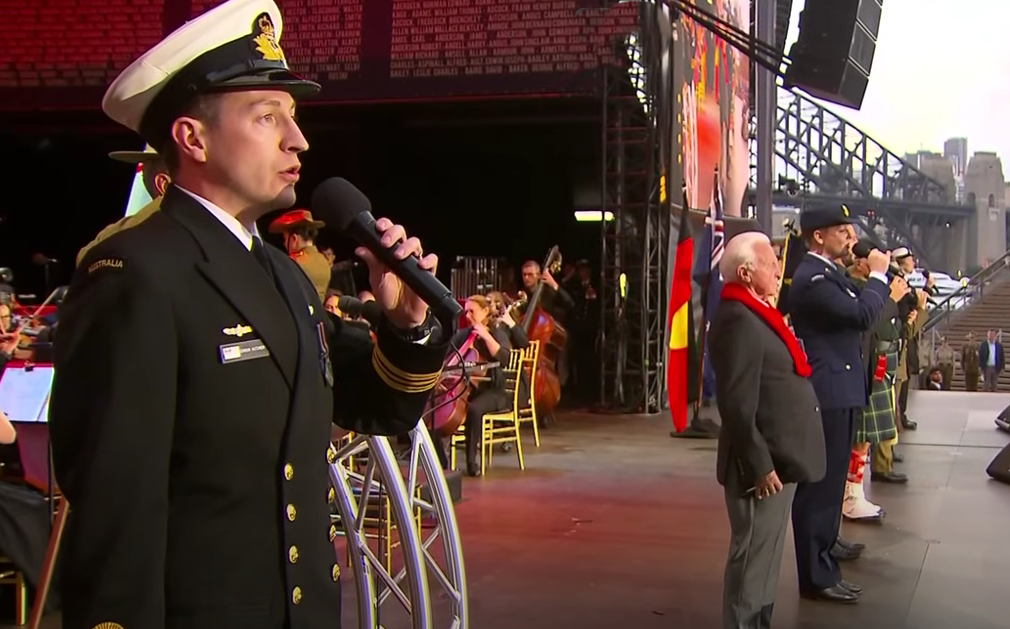
You were a singer and had a role on stage during the recent Lest We Forget Concert at the Sydney Opera House, which was broadcast live on Channel 7, how did this evolve?
I was singing in a Remembrance Day concert with a choir in Sydney in 2018 and offered to the director that I could wear my uniform and read the Ode for the occasion. The following year, we organised a flag party and some older veterans attended in uniform. The concept grew from there while I was away in Cairns. By the time I returned to Sydney in 2024, the event had moved to ANZAC Day and was held at the Sydney Town Hall and featured Little Pattie, Normie Rowe, Anthony Field (the Blue Wiggle), Christine Anu, and many others. I was fortunate enough to be invited back to assist with ceremonial and singing. It is a fantastic event which sits nicely alongside the dawn services, marches, and football matches in commemorating ANZAC Day and those who have gone before us in service of the nation. The recordings are available on YouTube here
What are your future ambitions?
I intend on remaining in the Navy and pursuing the many and varied opportunities available to me through the Service. I enjoy the work I do and the people I work with.
Is there anything else you would like to share?
I’m very grateful to the College for all the support I was given during my time there, and also for that afforded to my younger brother. St Pat’s is an excellent school and I enjoy seeing the updates in The Shamrock and the Green, White and Blue, it’s a privilege to appear in these publications myself.

